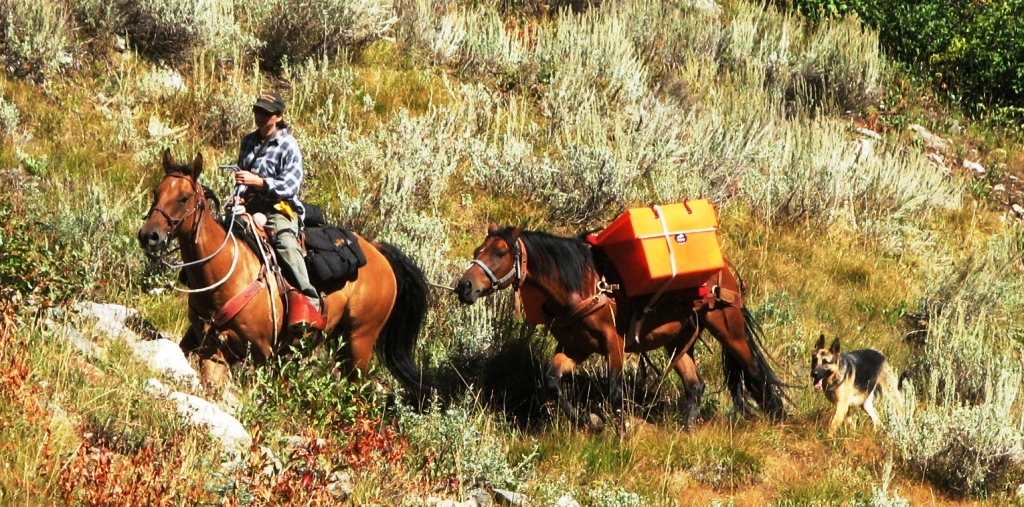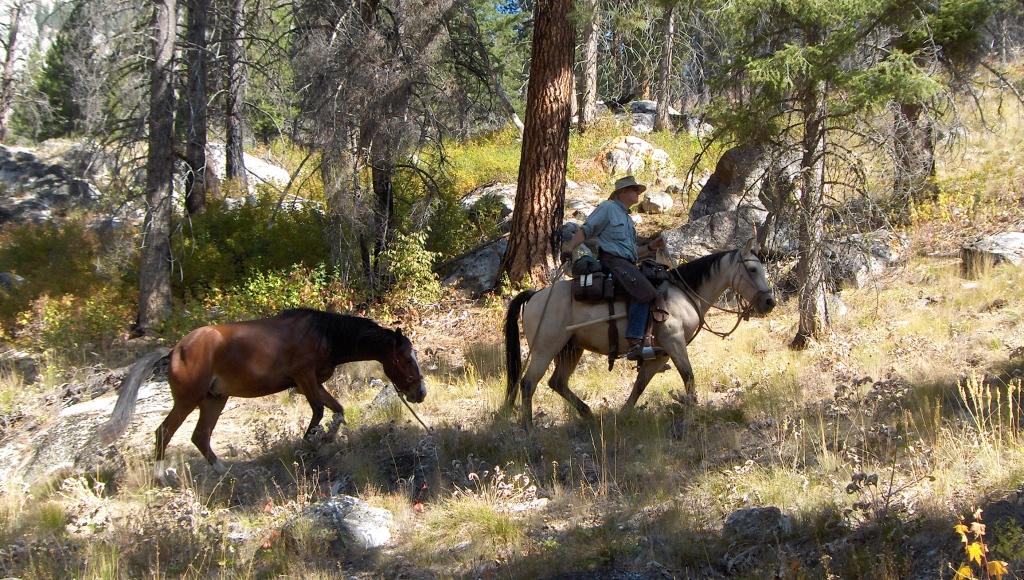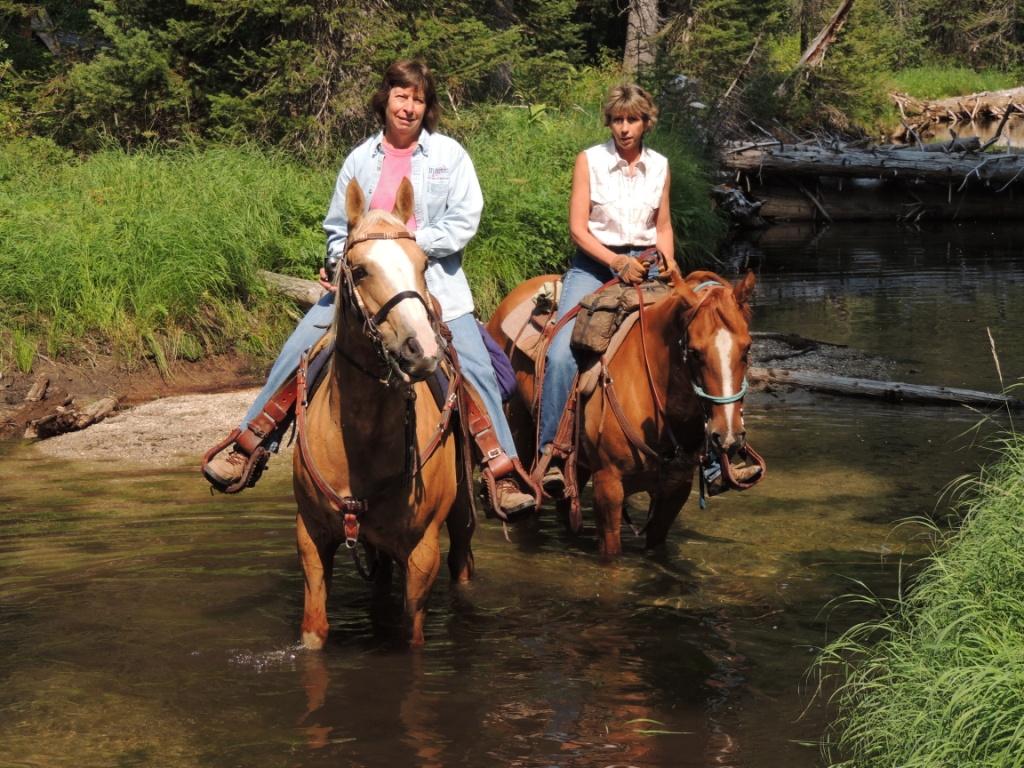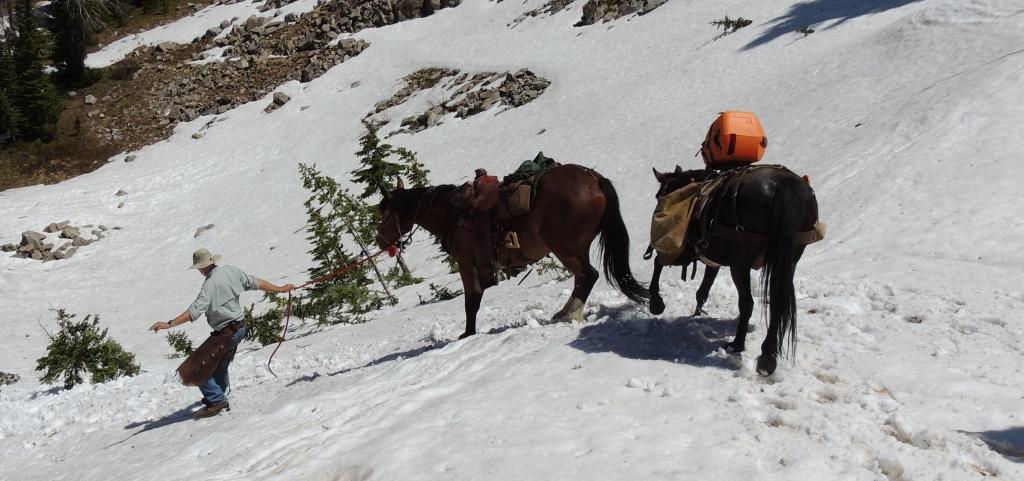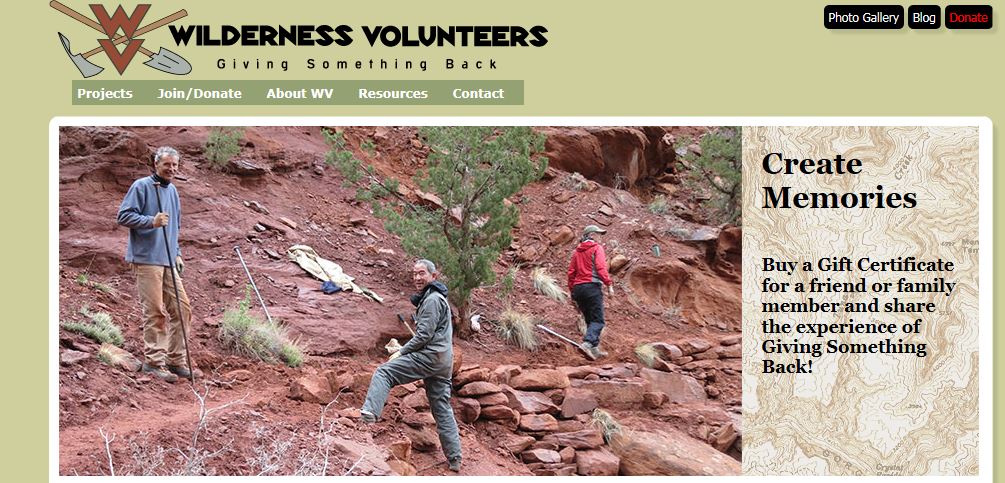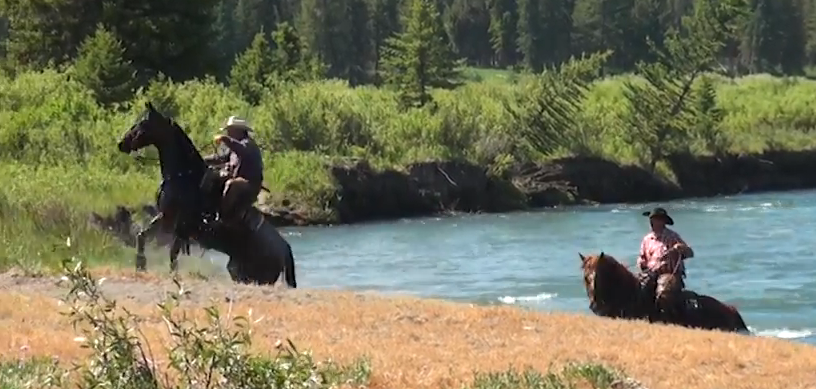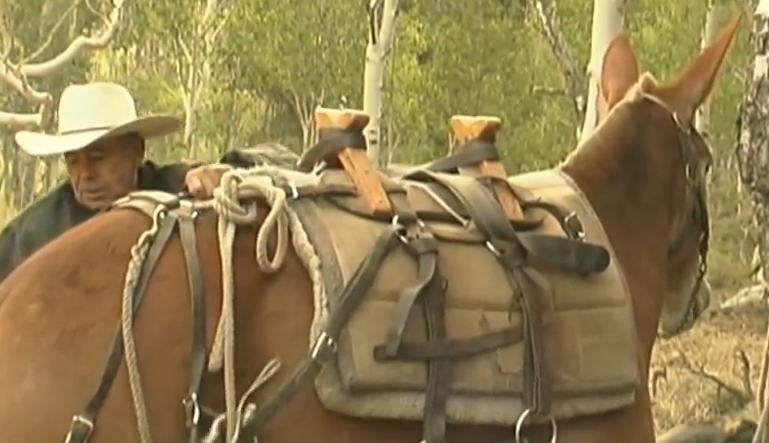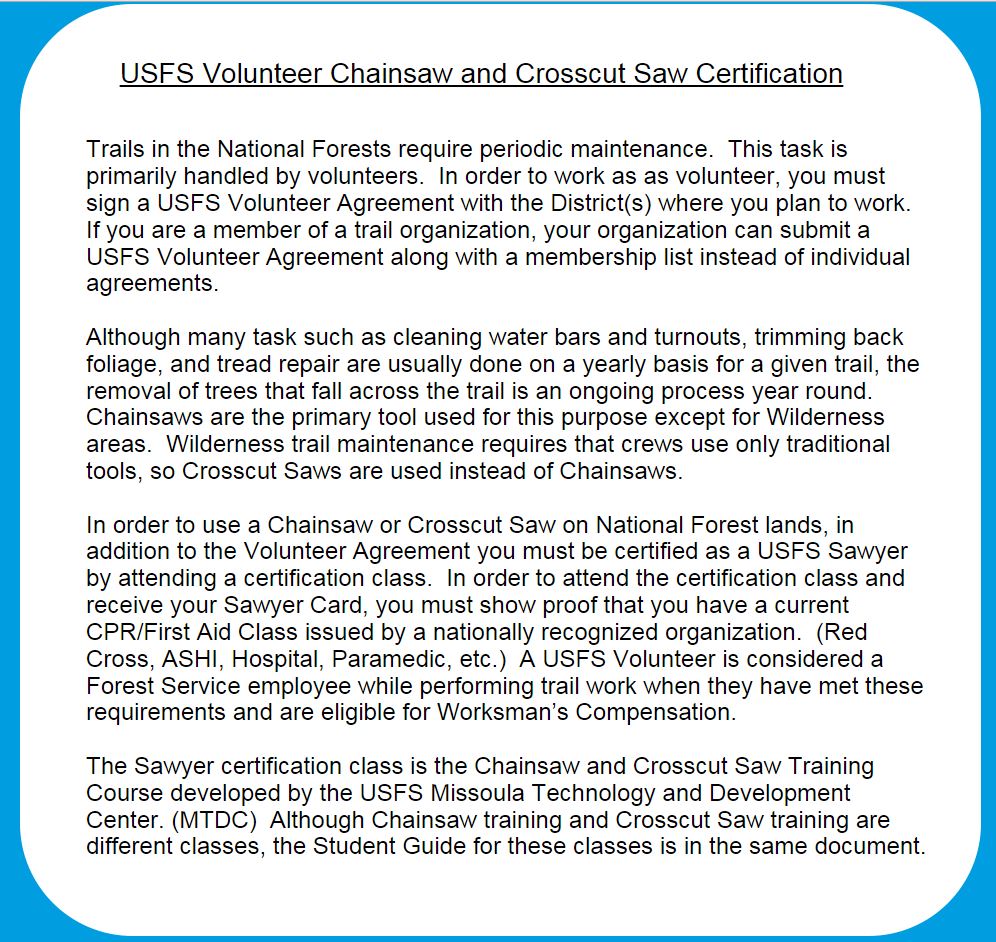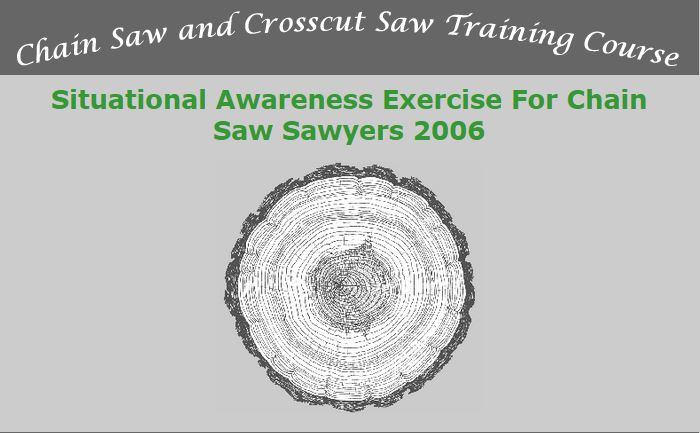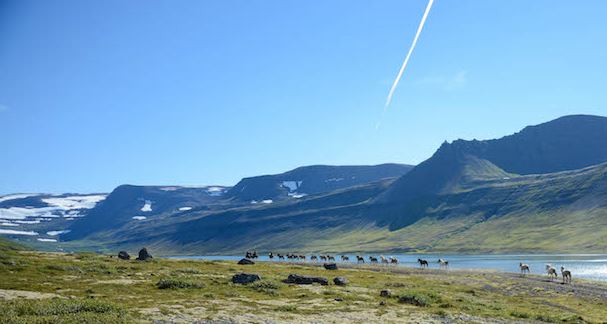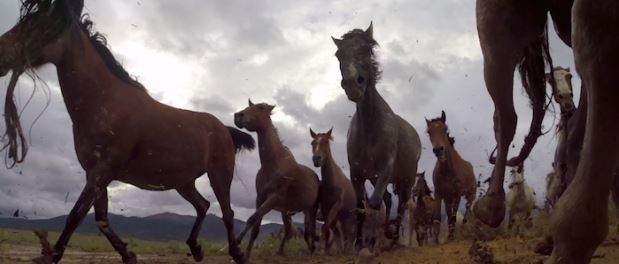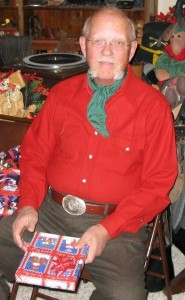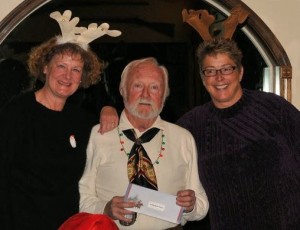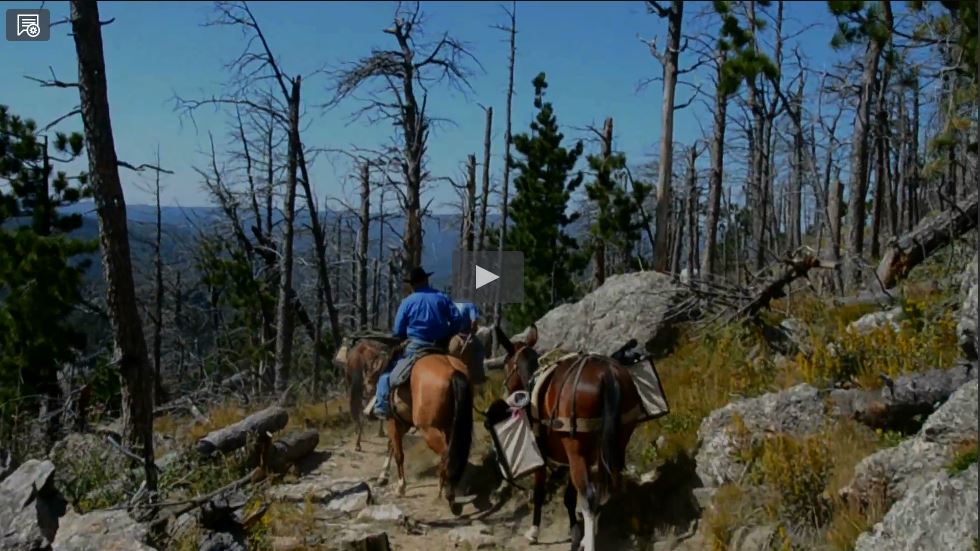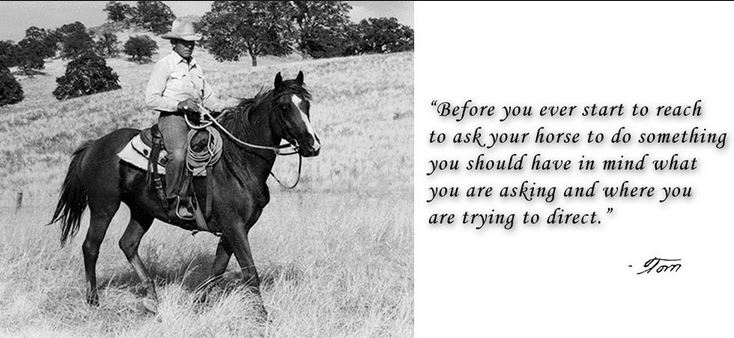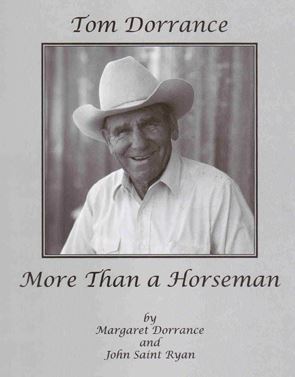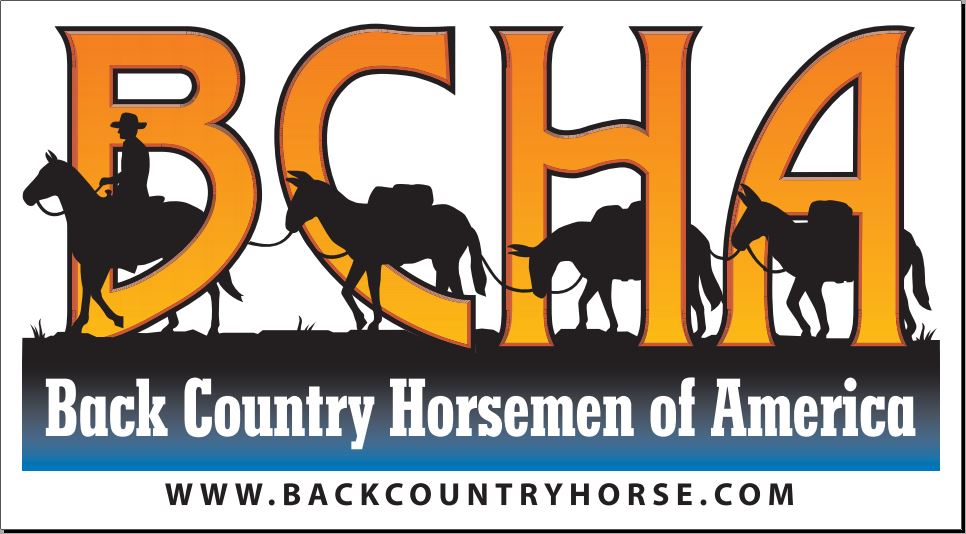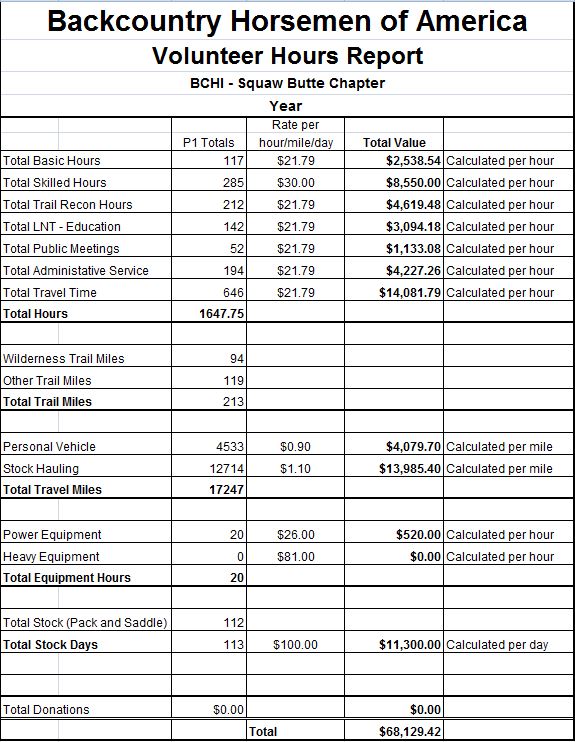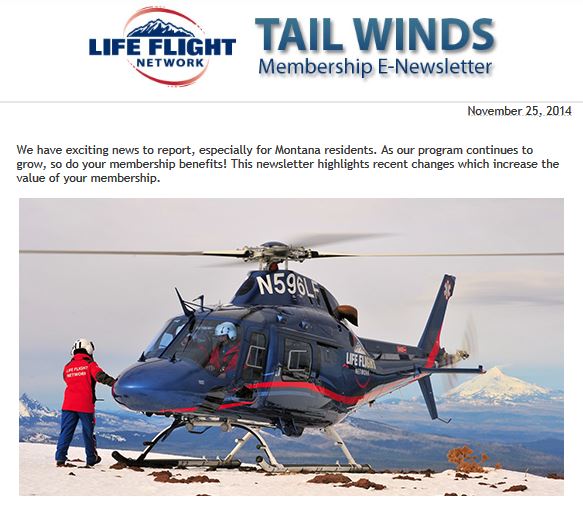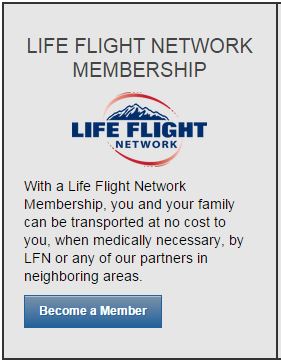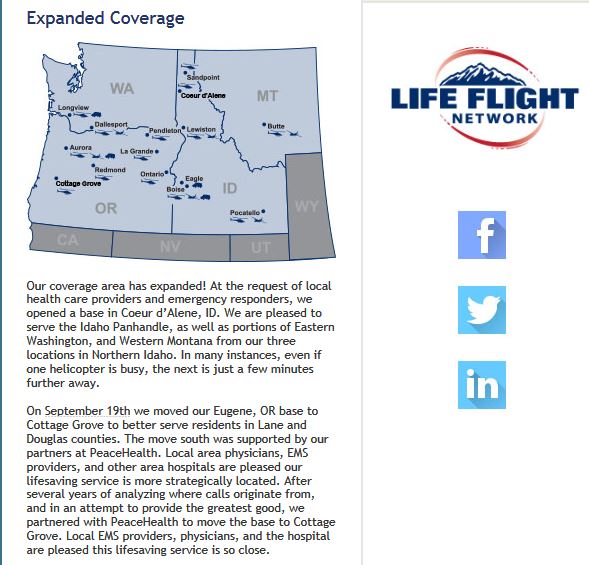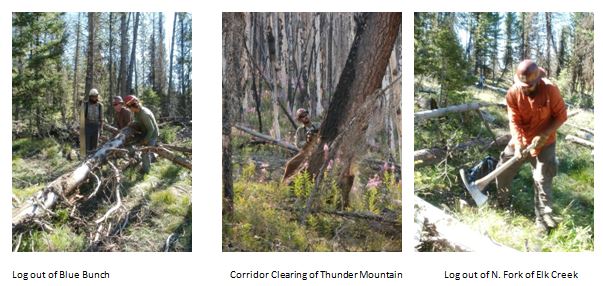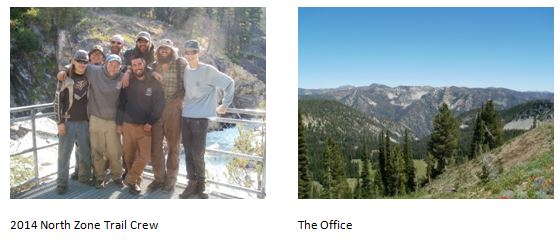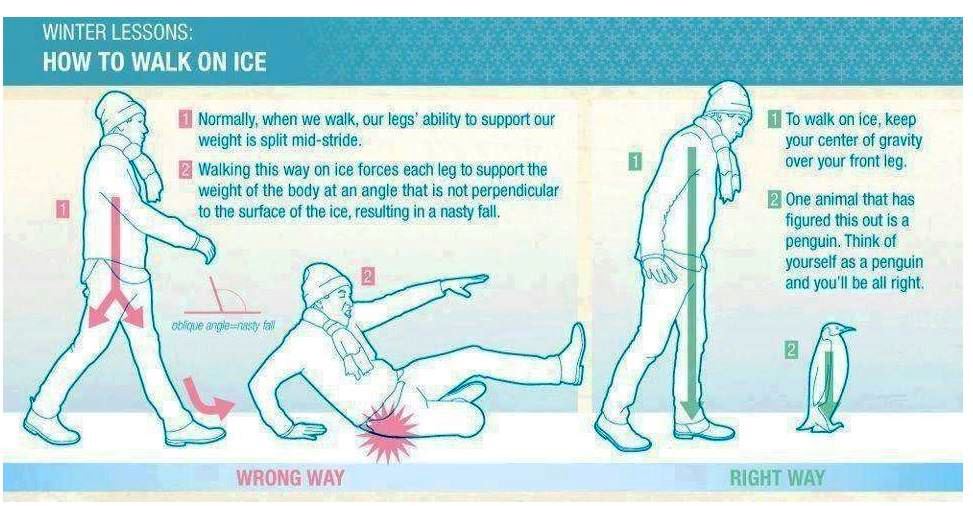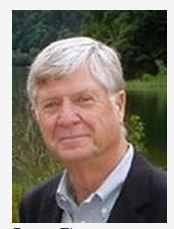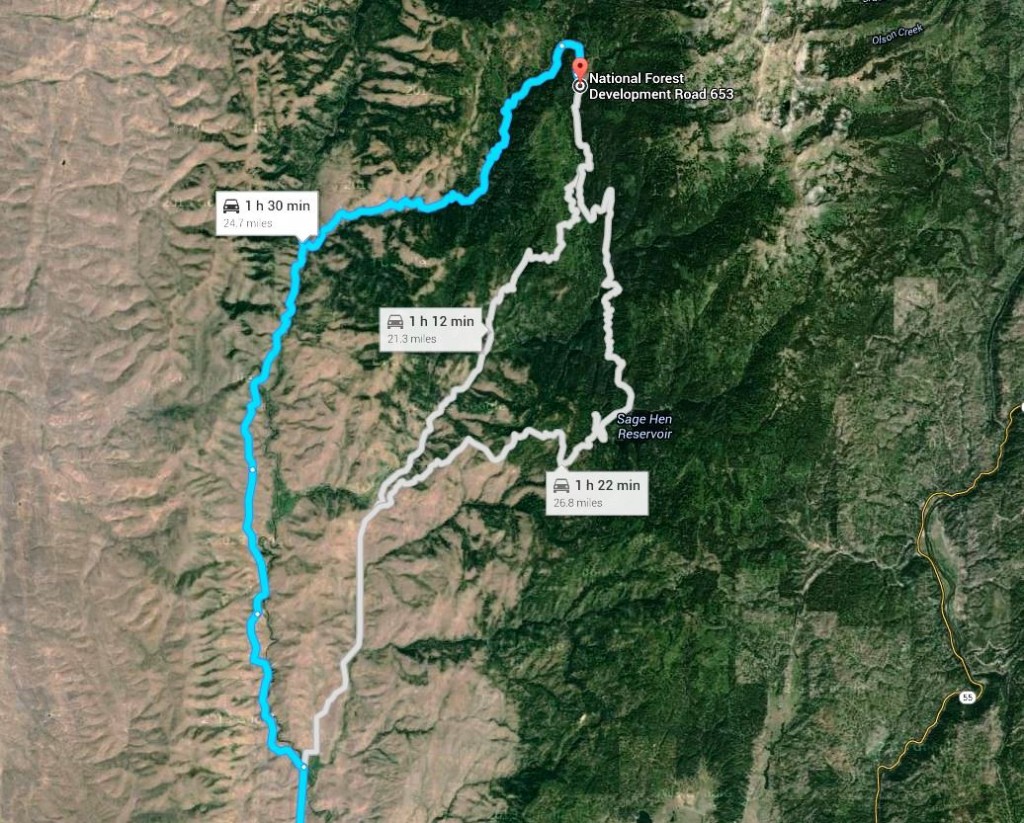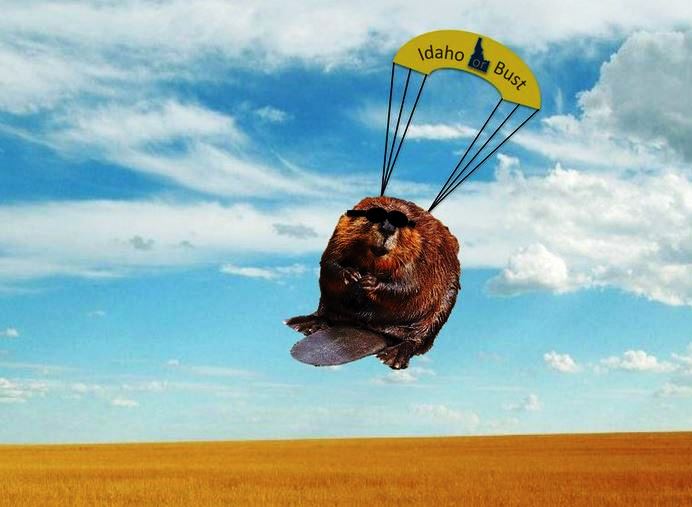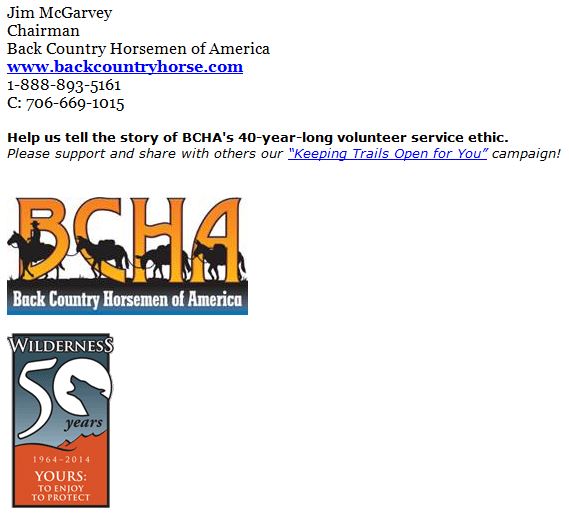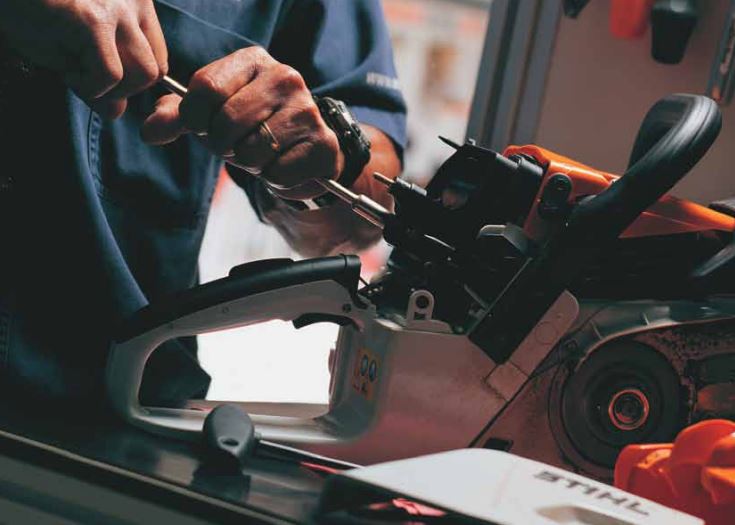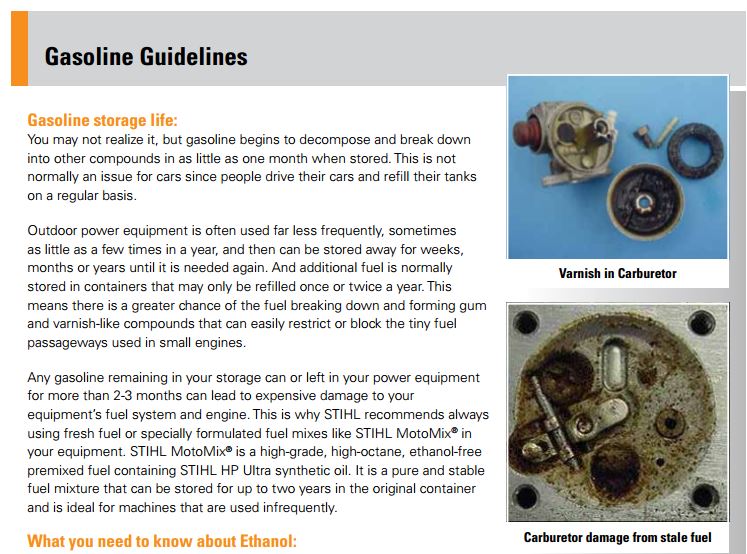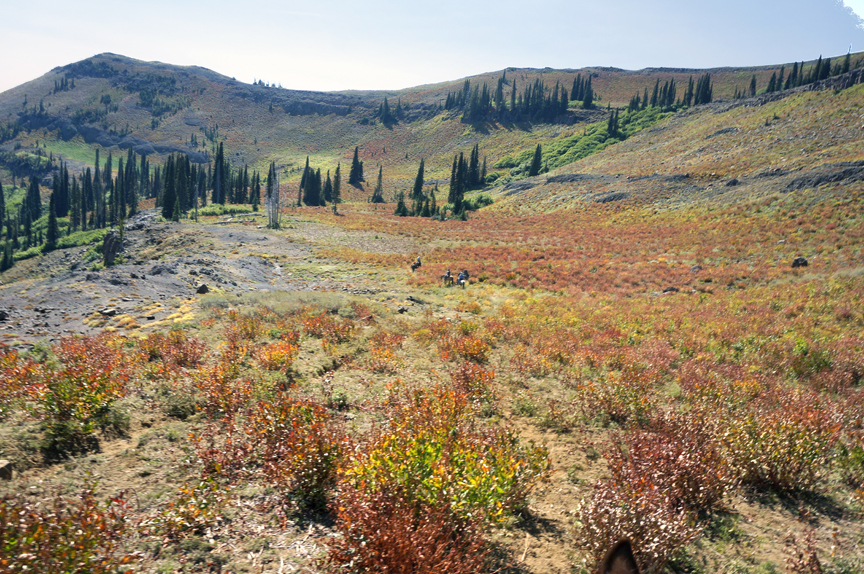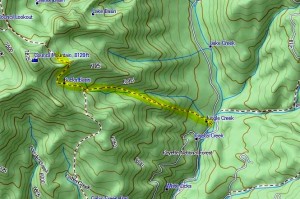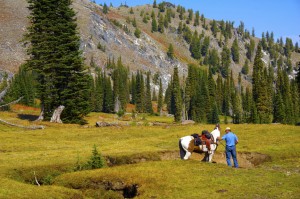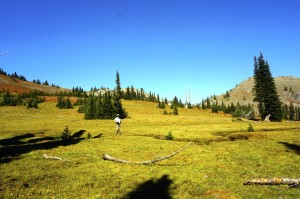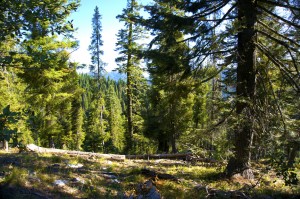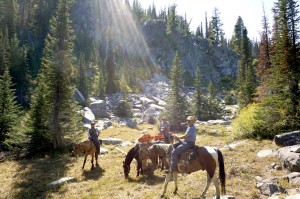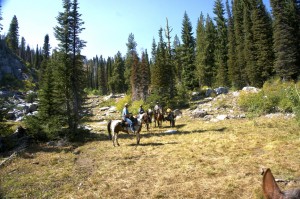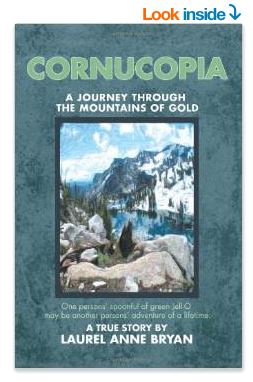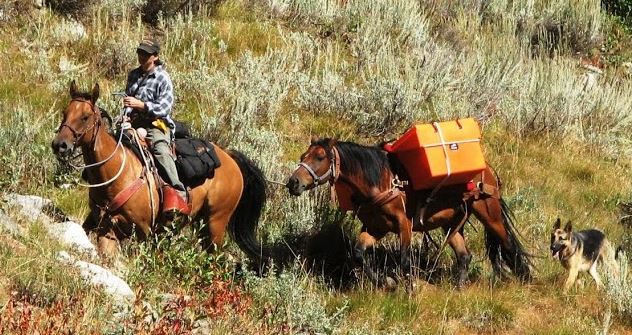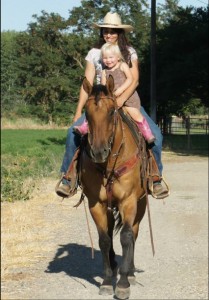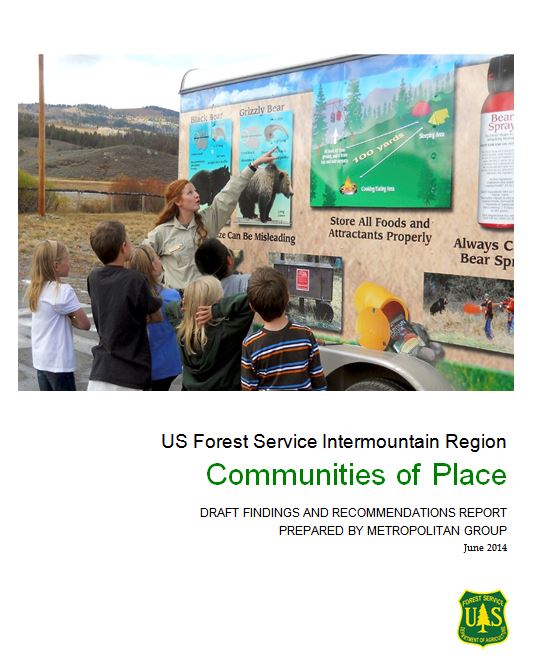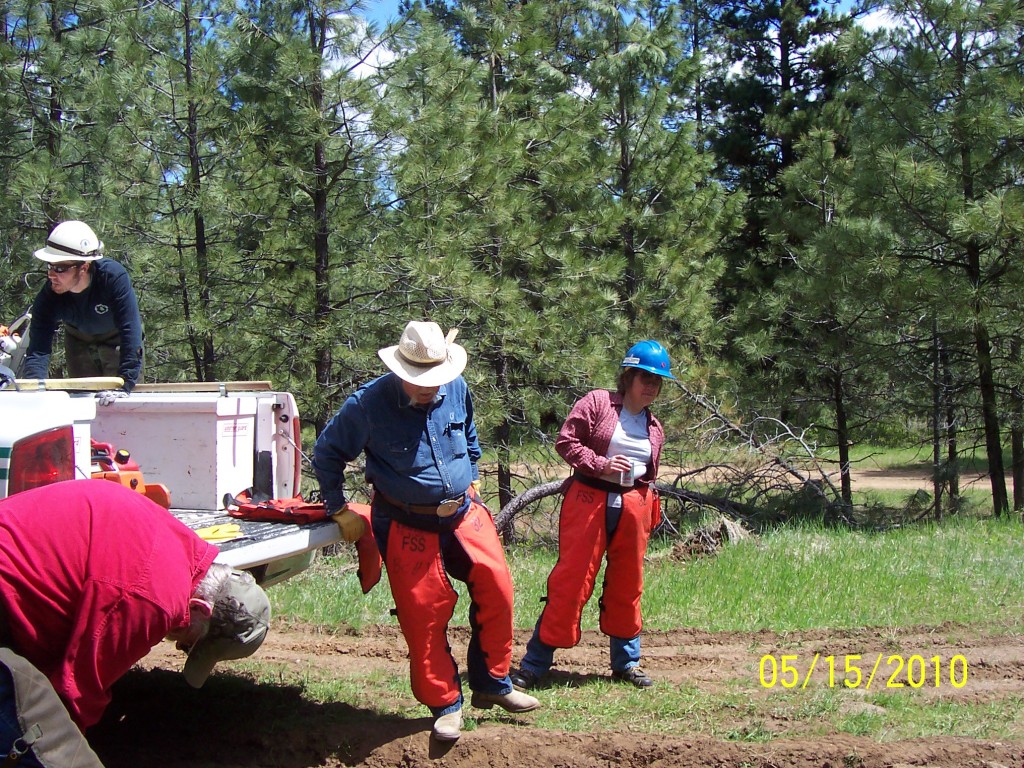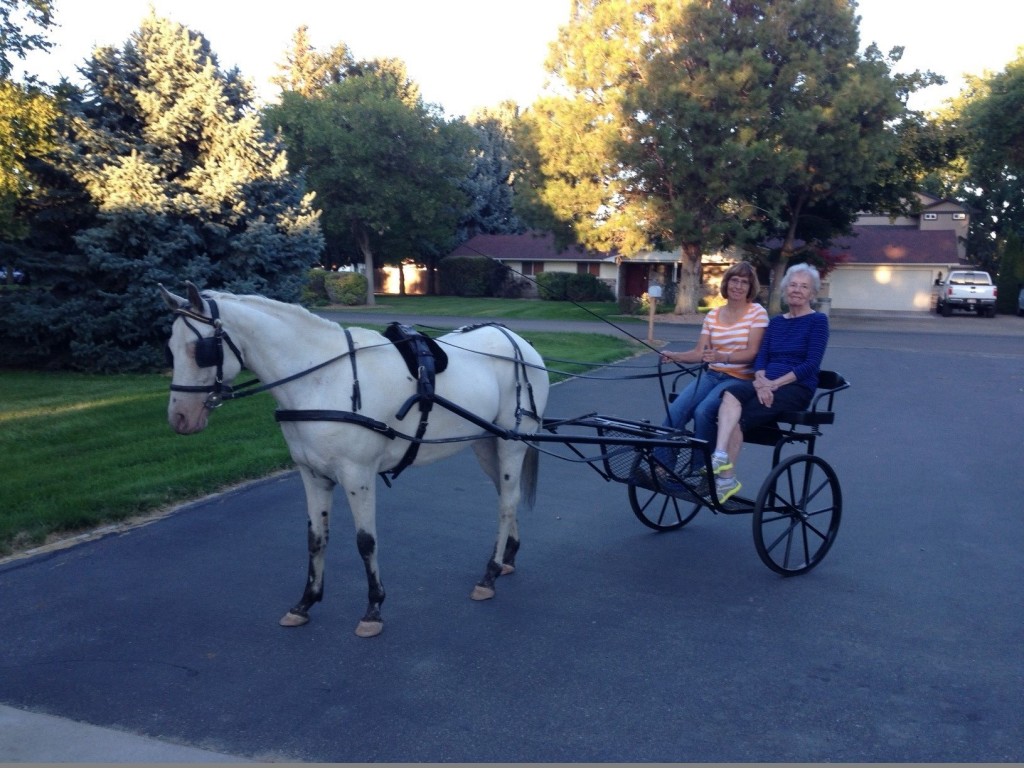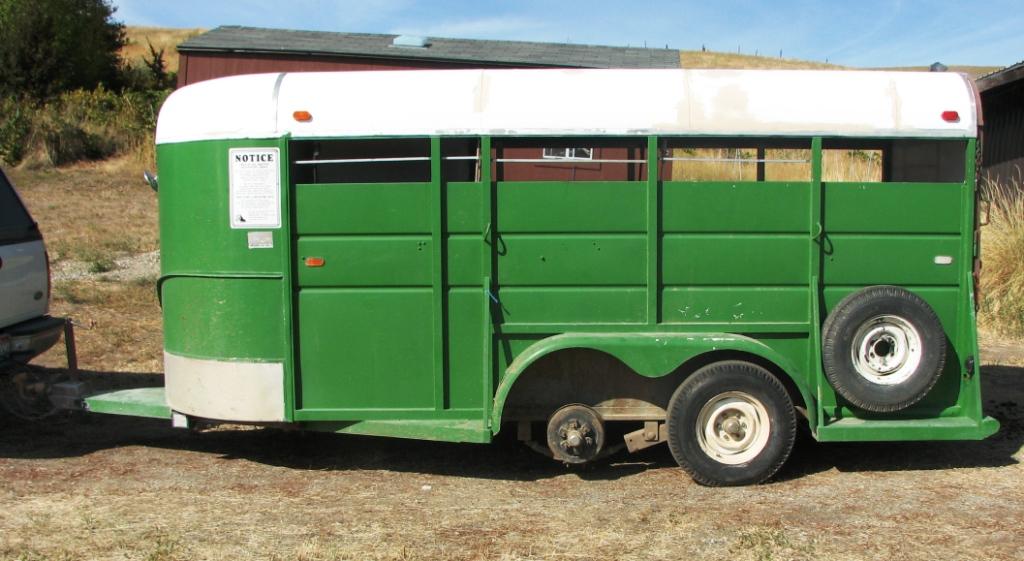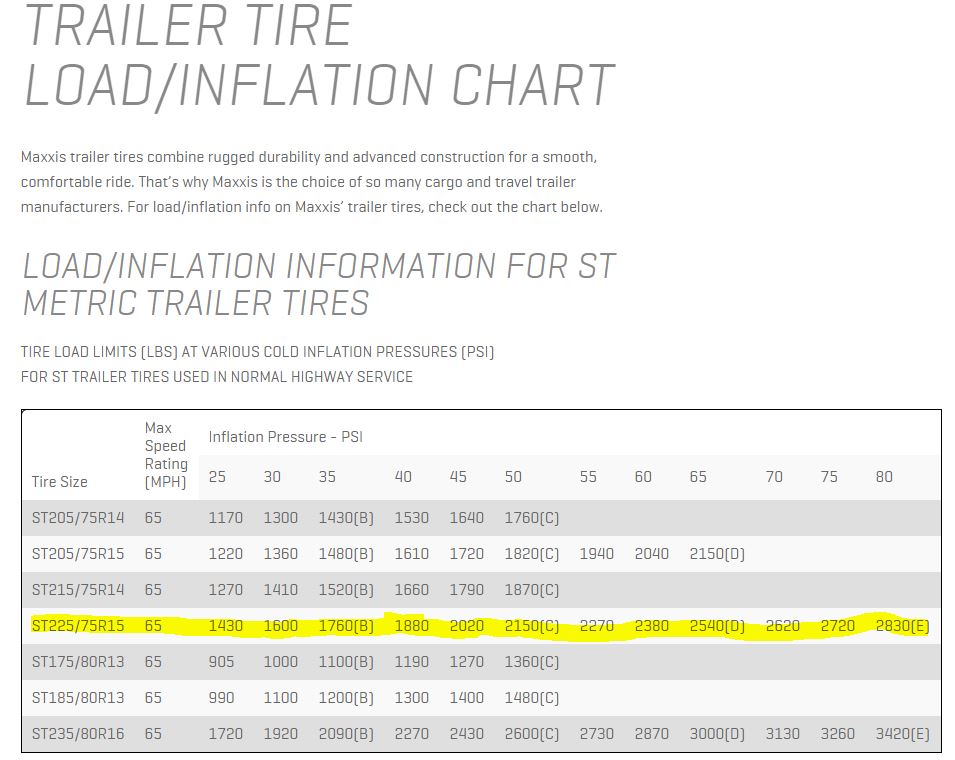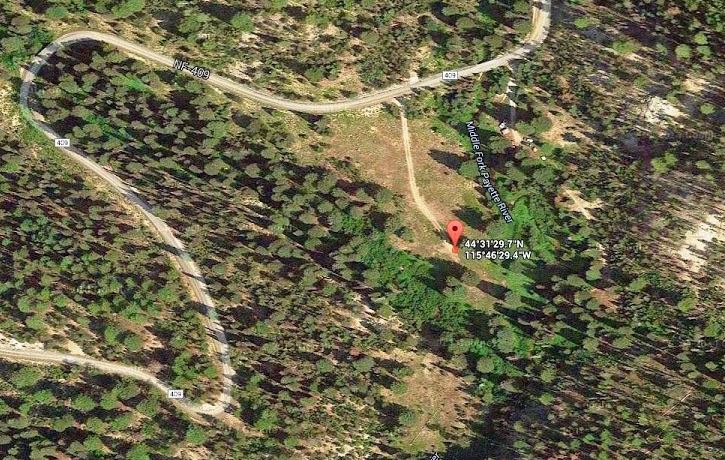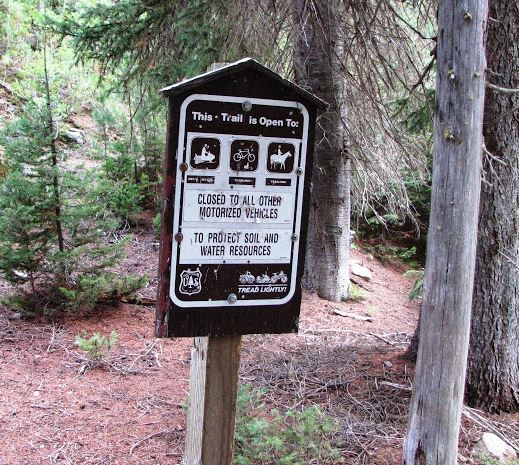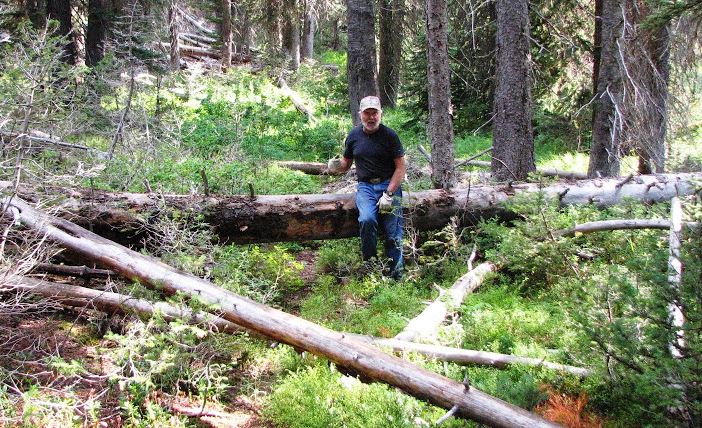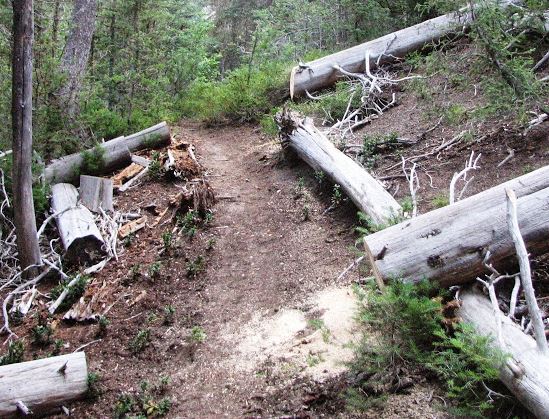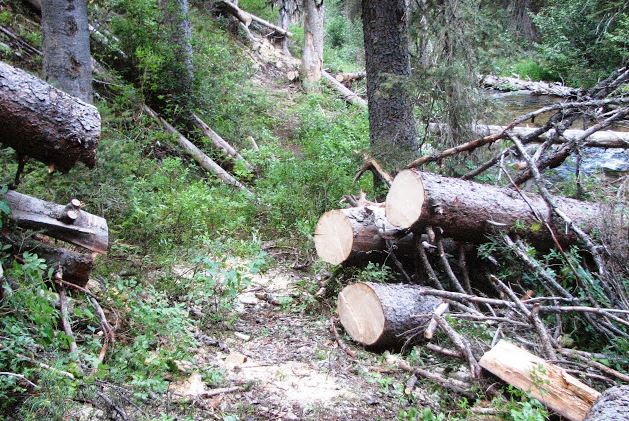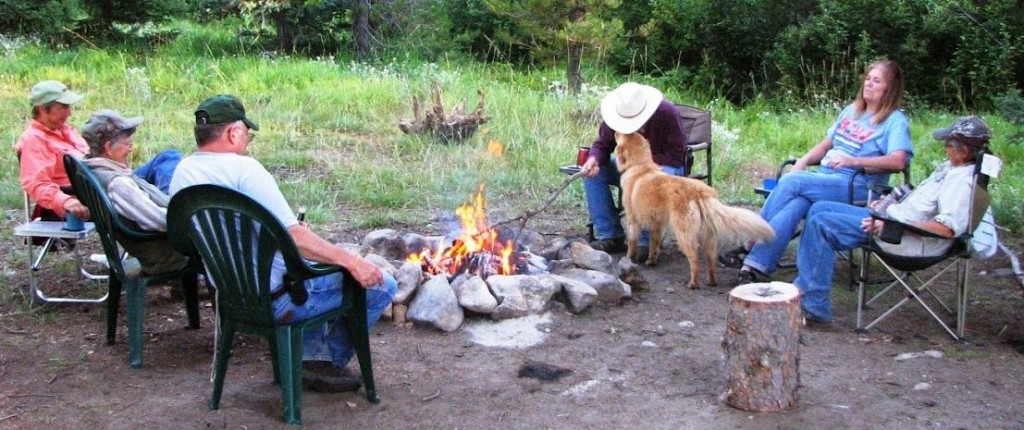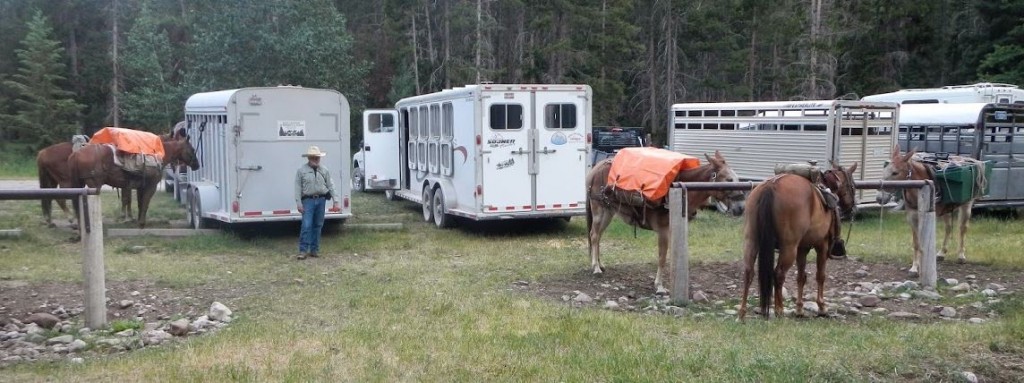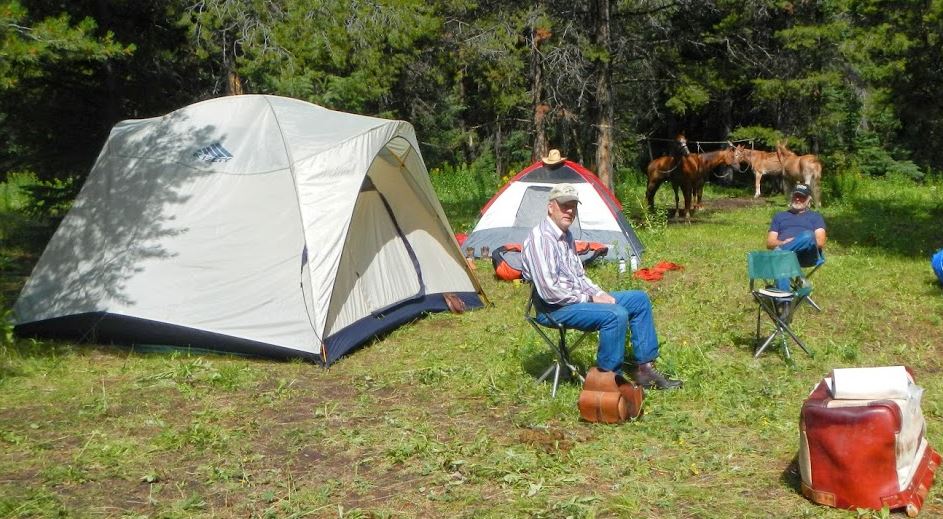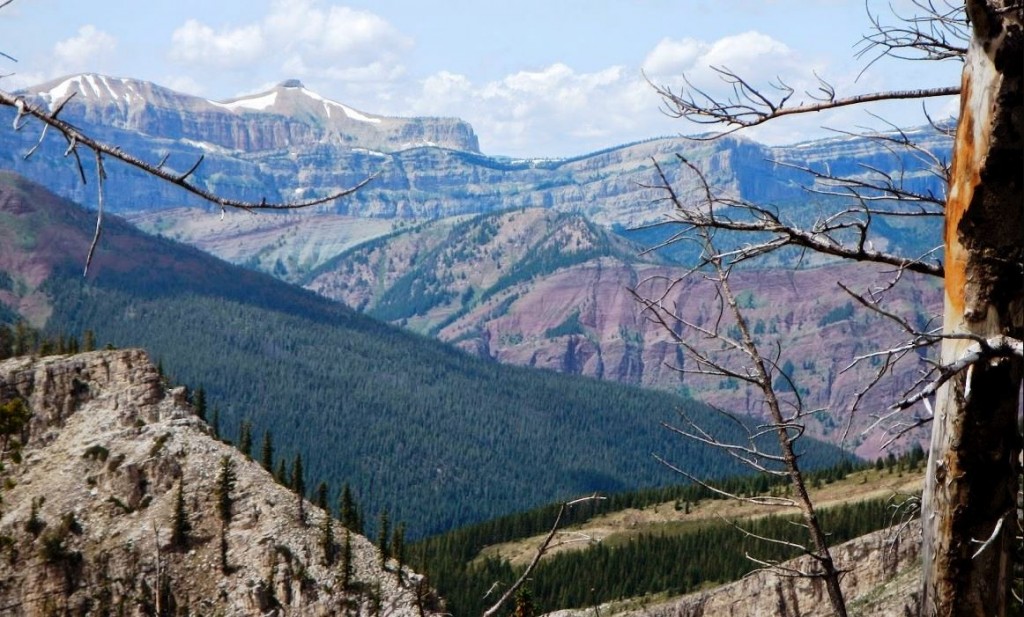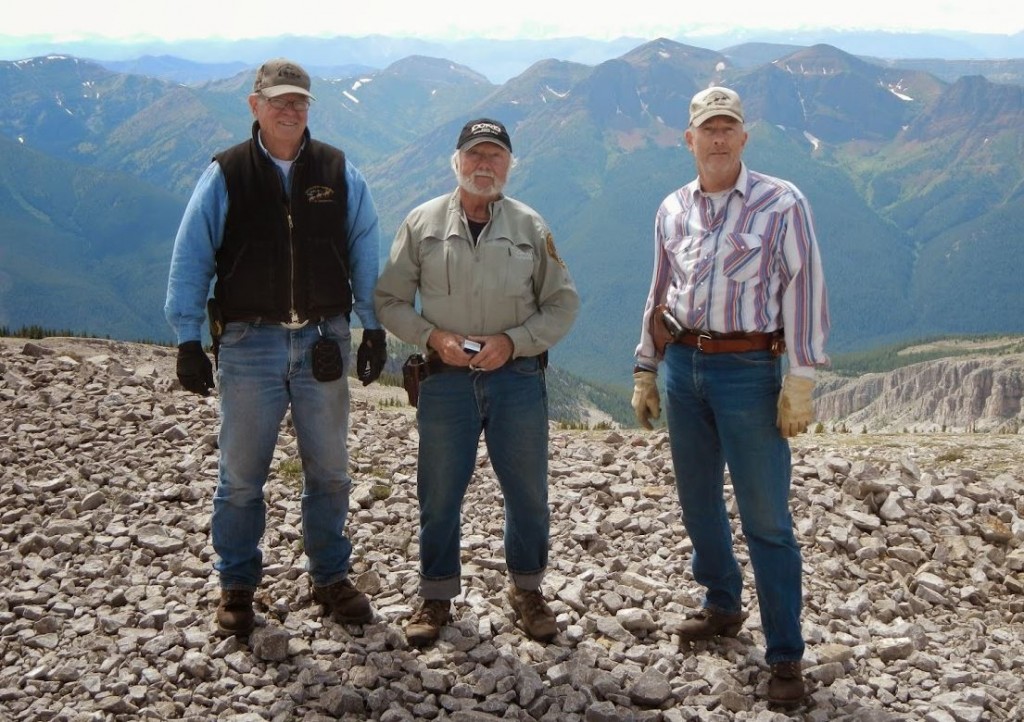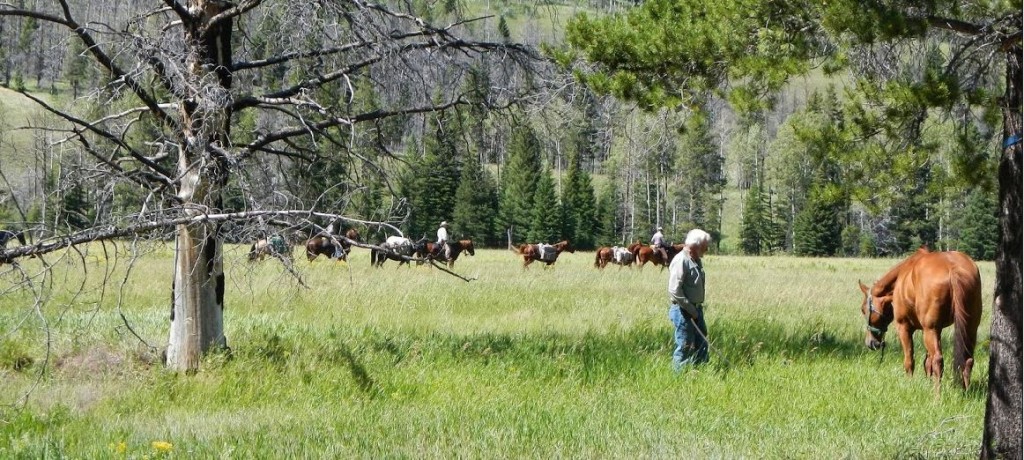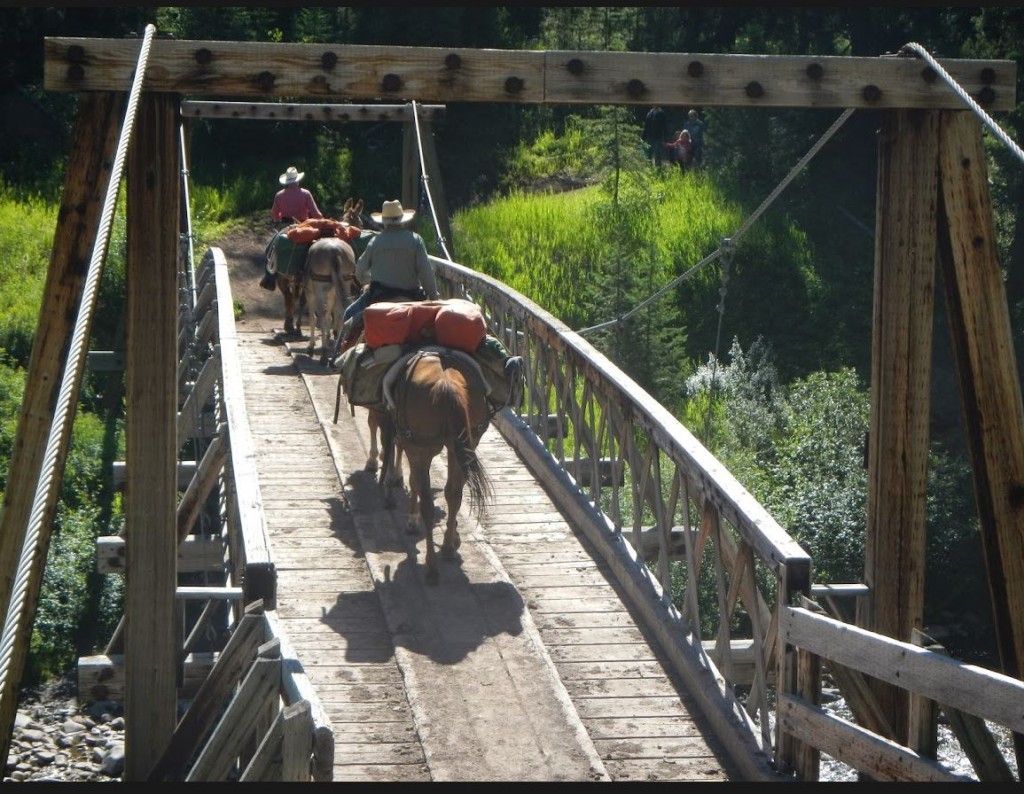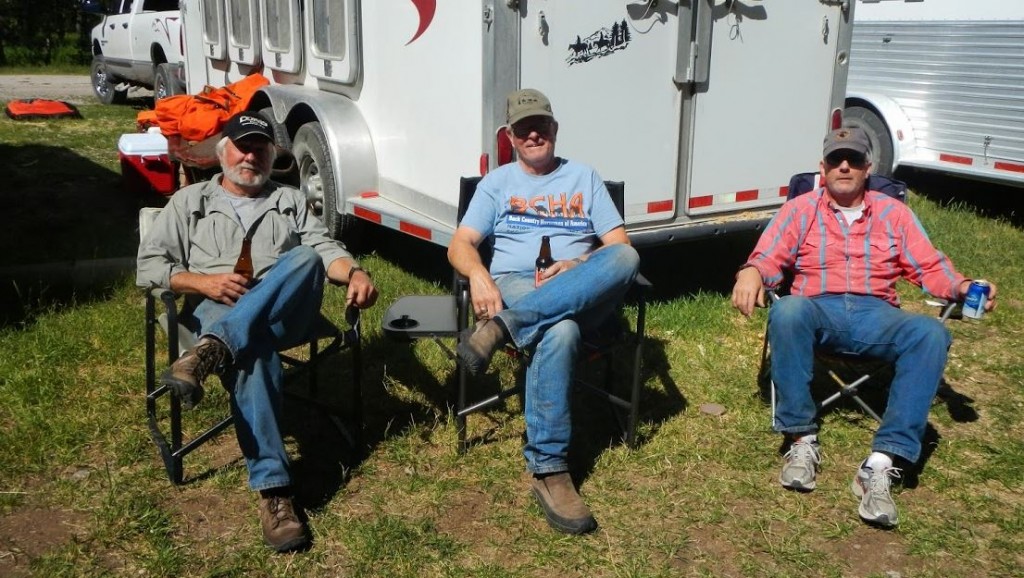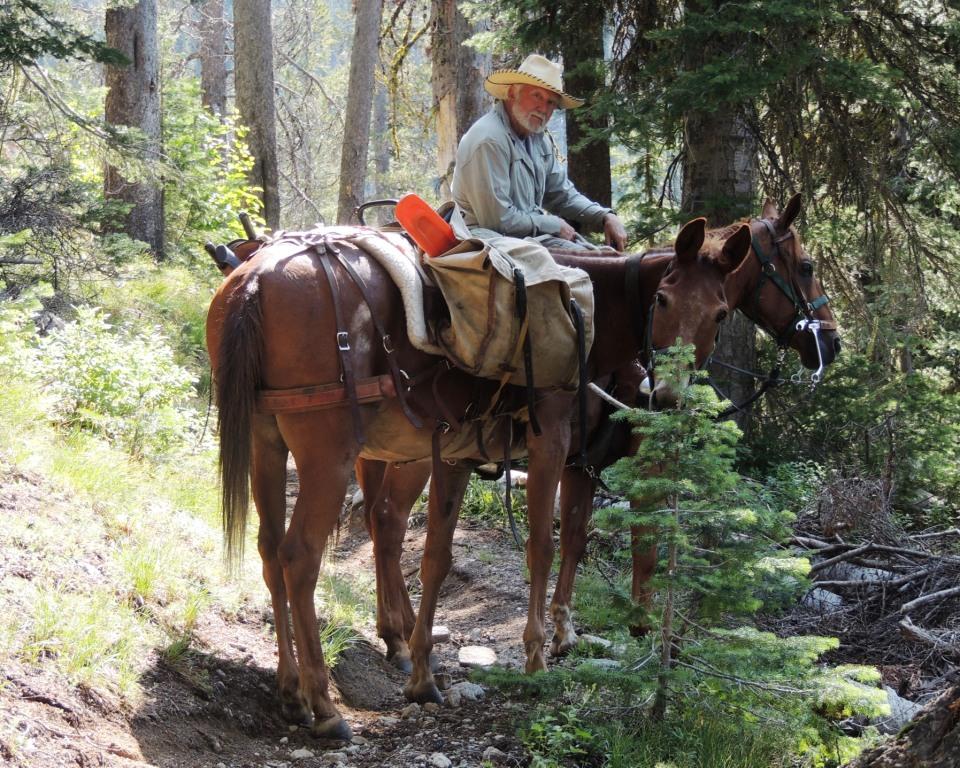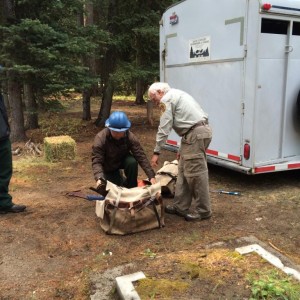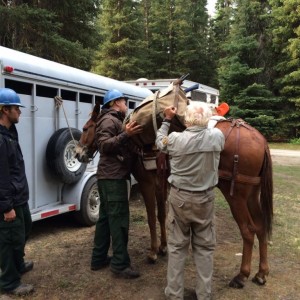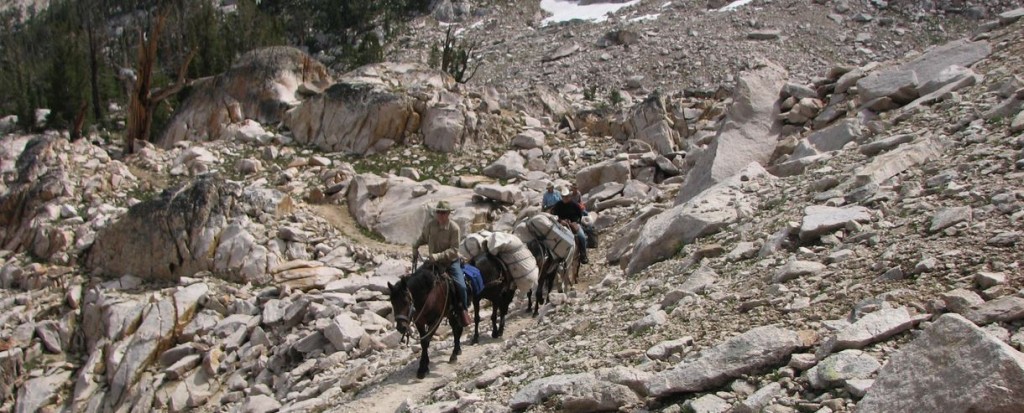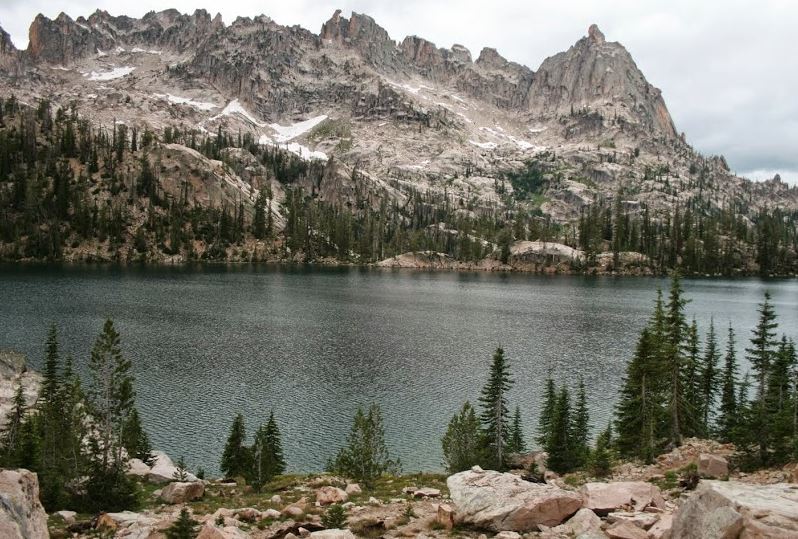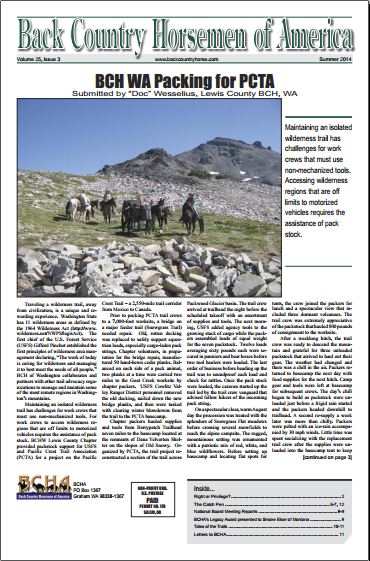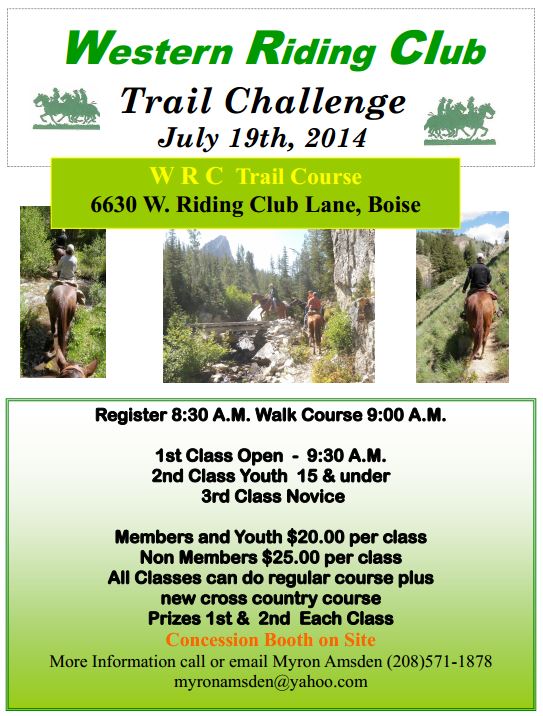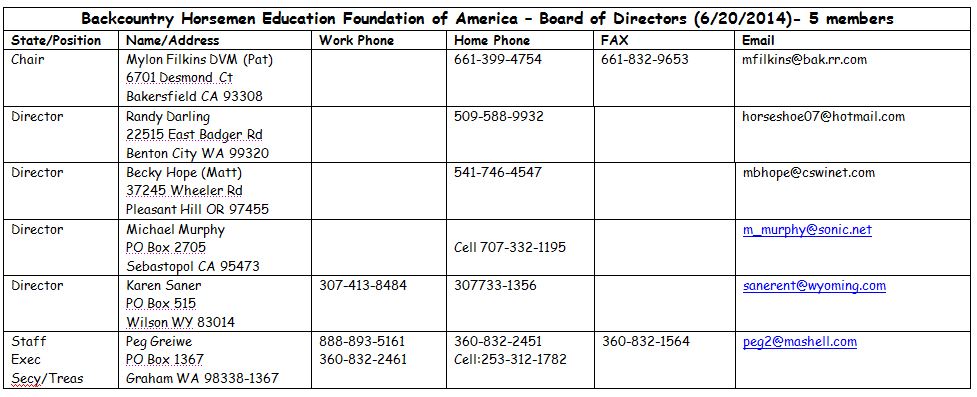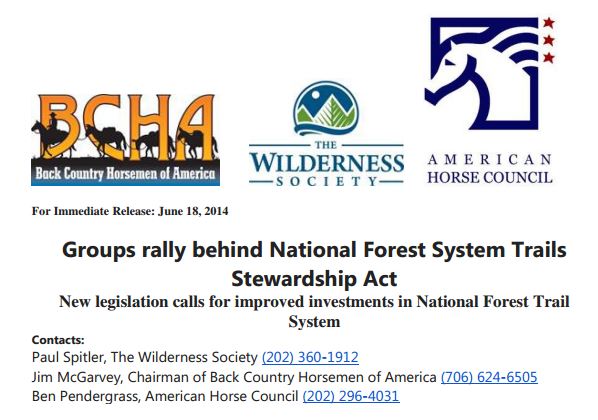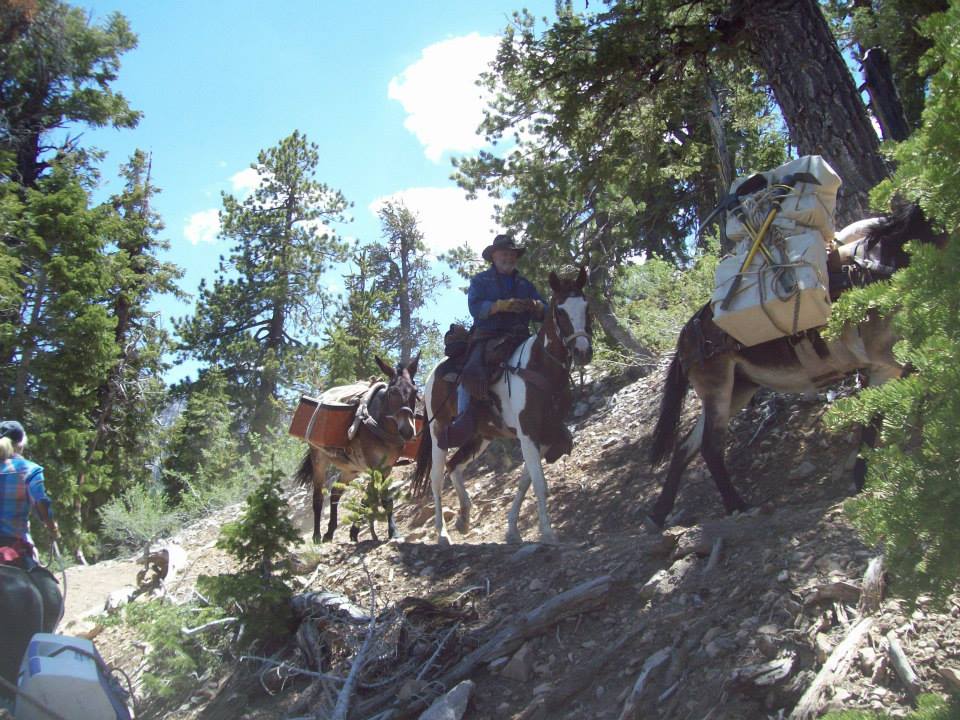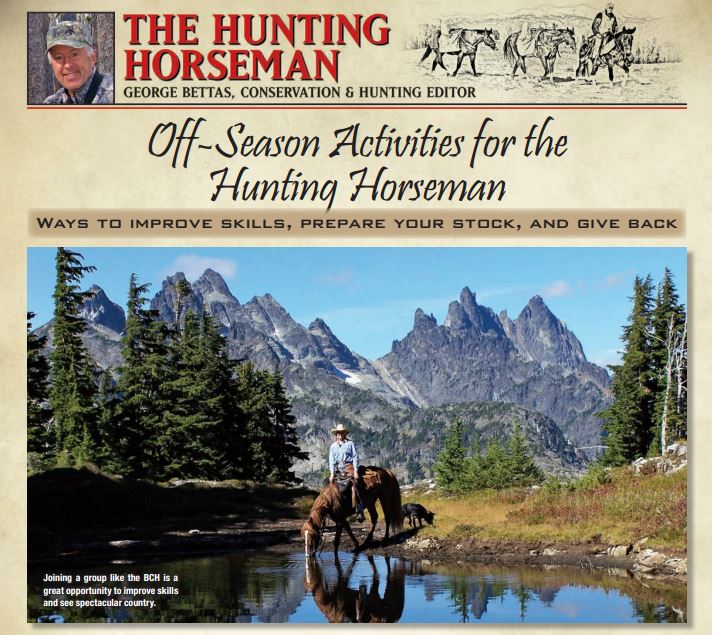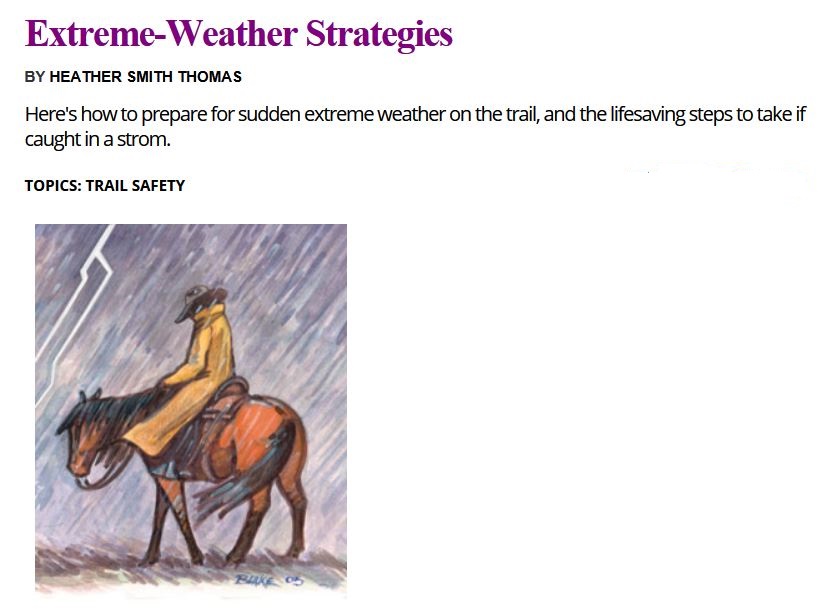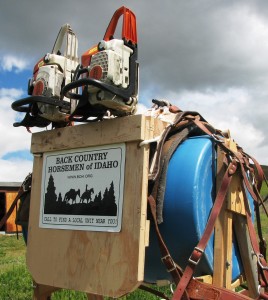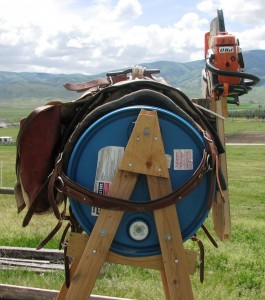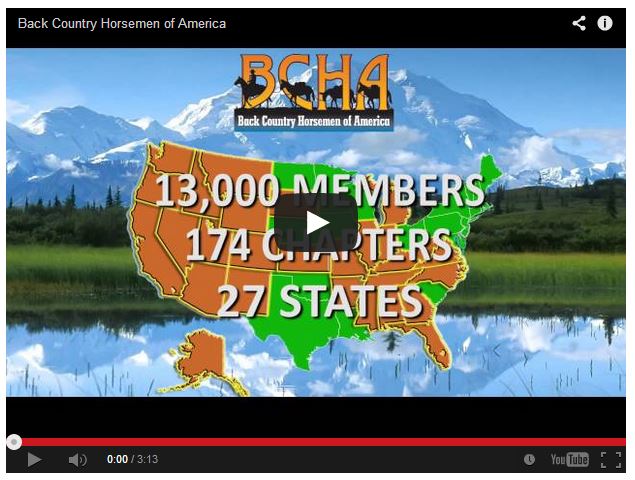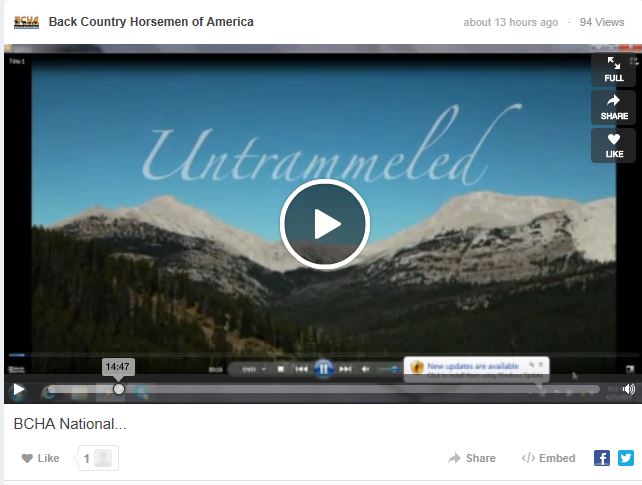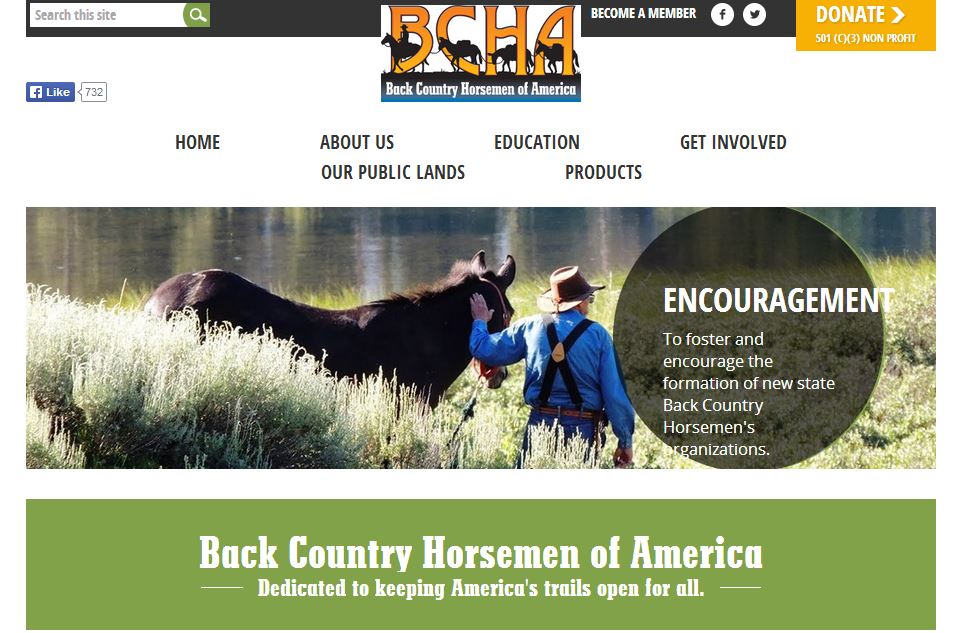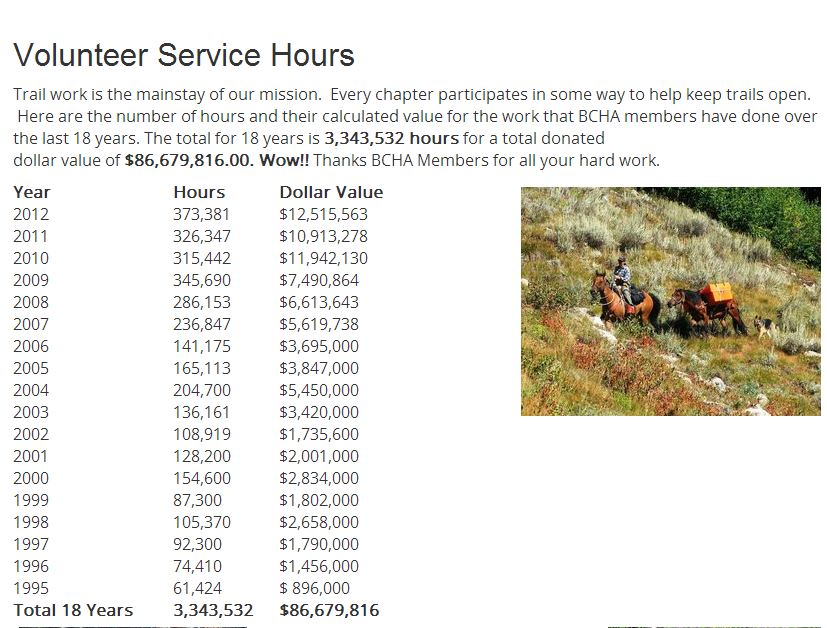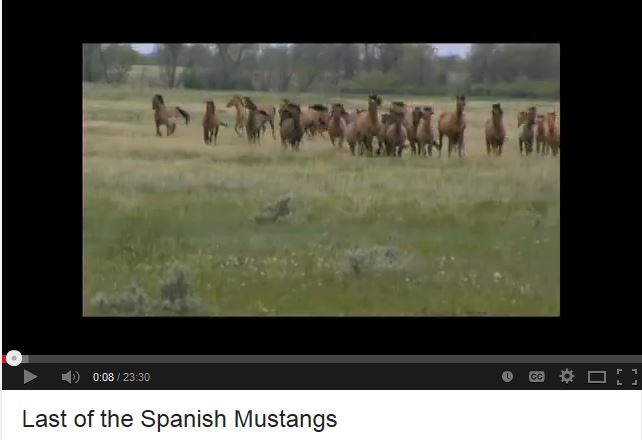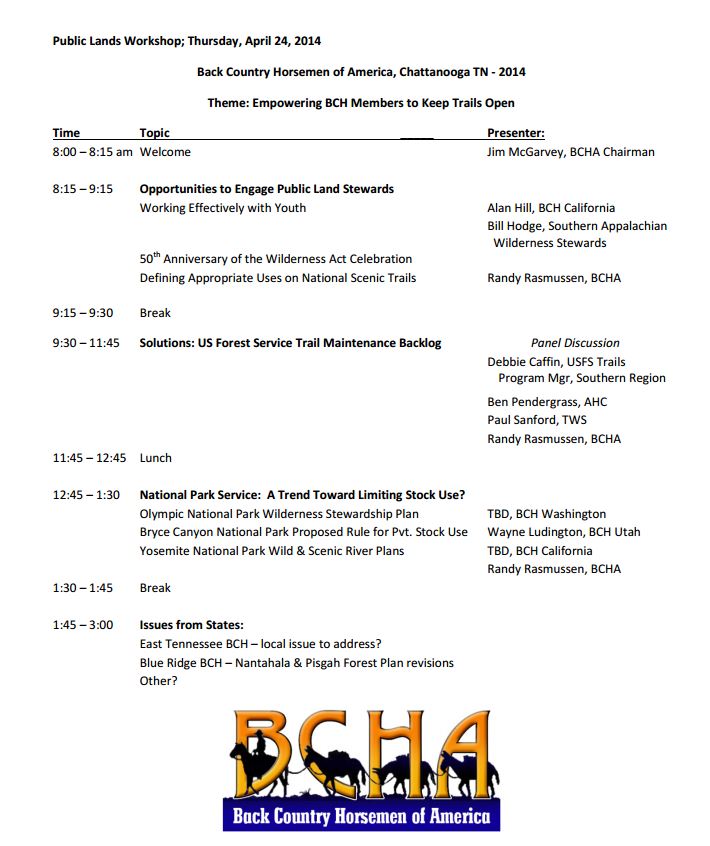
Introduction to the horse.
I am Mike McGlenn Chairman of BCHA and my horse “Jake”, 16-1 Quarter Horse gelding, 1200 pounds, 15 years old. Haney Meadows Washington.
A. Discuss the Horse and Rider relationship.
B. Discuss the Aging demographic of the horse rider. We are not all 18- 25 years old anymore. We are able to ride, we are able to pack in the camps for the trail workers. It is the way we can continue to enjoy the Wilderness.
C. The Horse as companion and team member.
D. Emotional bond of rider and horse.
E. The Horse is not a piece of sports equipment you pickup at the store. The horse can have a bad day just as we can.
F. Mutual trust between horse and rider.
G. Discuss the horse’s vision (what he sees and how he sees it), eyes wide set, nearly 360 degree visibility, eyes work independent of each other, the eyes of a prey animal. How the ears work and relate the horses attitude. Don’t approach if the ears are pinned back. Don’t walk up quietly behind the horse, no surprises. Talk to the horse, make some non threatening noise. The back legs can kick back up to 6 feet so stay close to the horse when going around behind them. Approach is best from a front quarter or side. We are predators, use your own body as an example, eyes close together, ears pinned back, hands carried like claws. All the things that 60 Million years of breeding have trained the horse to avoid.
Issues Stock users face

Hiker on a log across the Pacific Crest Trail, Glacier Peak Wilderness, Washington State. We have planned for weeks, driven 2-300 miles, loaded up the pack string and 5 miles in we come to this across the trail. This tree completely blocks the trail with no way to go around or over it. This is an inconvenience to the hiker. It is a total trip stopper for the pack string and rider.
 Fire and blow down damage in the Teton Wilderness, Wyoming. The pack string is stopped while two riders dismount to clear the trail. The string gets restless and gets tangled up. There are no good places to tie up any of the stock. A potentially dangerous situation for both stock and riders.
Fire and blow down damage in the Teton Wilderness, Wyoming. The pack string is stopped while two riders dismount to clear the trail. The string gets restless and gets tangled up. There are no good places to tie up any of the stock. A potentially dangerous situation for both stock and riders.

Fire and blow down, Wind River Mountains Wyoming. There are miles of this kind of damage. How do you clear this extent of debris off a trail efficiently? Discuss minimum tool analysis.

Wind River Mountains, Wyoming. Fire damaged trees on a major trail. A trip stopper for a string. No room to turn around. 13 animals in this group. The Cross Cut Saw is on the Pack animal, number 13 of course, at the back of the string.

Wind River Mountains, Wyoming. Wilderness Society on the right, USFS Wilderness Ranger on the left cutting out the log. During the time it took, the wind came up and blew down a tree behind us. Fortunately no one was injured and the tree fell beside the trail not in it. With great difficulty, we were able to turn the string around and ride out of this pile of pickup sticks.

Wind River Mountains, Wyoming. A good example of lack of maintenance. The tree across the trail in the top background closed the trail. So someone made a go around out into the woods. This then lengthened the trail forming a new trail where one should not be. Trees grow about 3” of growth a year in this area. So you lose 6” of trail width a year if not cut back. In 4 years the trail corridor is 2’ narrower than it was.

Mount Baker Snoqualmie National Forest, Baker Lake Trail, Washington. A 160 mile round trip drive for a day ride. The trail was reported clear and open for stock. An hour from the trail head and this is across the trail. In this case the trees had come down in the week since checking with the USFS. A gamble we take. This is a 14 mile trail and we were in about 3 miles. No way around these.

Two people working with saddle saws to clear enough to continue the ride. The trail must be cleared adequately wide enough for a loaded pack horse to clear on both sides. BCH can’t support the work crews if the tail isn’t cleared for pack stock with loads.

Two people, two saws nearly an hour to clear the trail.

Goat Rocks Wilderness, Pacific Crest Trail Washington State. The drive down, two rigs, 500 mile round trip for a week of riding. 3 hours up a trail that was reported clear for stock. A trip stopper. We need better information on the trails when we call the agency desk. The front desk folks need to understand the importance of good information and what it costs us if the information is bad. This trail is very narrow, very steep up and down on the sides. We had to dismount on the uphill side as there was nowhere to stand on the normal (left/downhill) side. Slide under the front legs of the horses and then get the saddle saws to cut the root off. No turn around room. Not a problem for a hiker. A dangerous trip stopper for a horse, rider and pack string.

Same root as the one in the slide above. This is about 6000’ elevation so two more mature folks took turns cutting this out, still took about half an hour.

Goat Rocks Wilderness, Walupt Lake Trail. A good example of a trip stopper log on this PCT access trail. It had taken 3 Cross Cut saw cuts thru this to get the hole thru the tree.

Pacific Crest Trail just north of Snoqualmie Pass in the Mount Baker Snoqualmie National Forest. This section of trail, note the hiker mid way up the slope, is called the Kendal Cat Walk. We are often asked to share the trail with other users. This is not an issue with the hikers. But this example clearly shows the potential safety issues when hikers and horses are asked to share with something coming down at 15 or 20 miles per hour when we do 3 or 4 miles per hour. There are some trails that clearly do not lend themselves to sharing for all users.
Some of the financial aspects of owning and operating horses. Sometimes it IS about the money.

Jake and the Trailer.
A. Horse, $3000 to $5000 dollars to buy a decent trail horse.
B. Yearly expense of owning one horse if all goes fairly well $4000 to 5000 dollars for feed, shoes (every 8 weeks), Vet bills and general maintenance.
C. Saddle, $500 to $3000 dollars, other tack and gear $500.
D. Trailer, $5000 to $20,000 or more.
E. Travel. We commonly drive up to 125 miles one way for a long day ride. Then get just up the trail and find a trip stopper in the trail. Turn around and go home. 250 miles of driving, an entire days time and money wasted because of either bad information or poor trail maintenance.

Goat Rocks Wilderness, Walupt Lake Horse Camp. A nice camp, able to get two rigs in one site. This trip was in planning for a couple of months for 5 days of riding. The agency office was contacted twice and the trails were all given a green light.
A. 2 diesel one ton pickups @ $ 50,000 to 60,000 dollars each.
B. 2 Campers @ $20,000 each.
C. 2 Three Horse Slant load trailers @ $20,000 each.
D. 500 miles round trip for two rigs.
E. Food, expensive weed free hay, 500 miles of diesel for each truck, camp ground fees, time off work for two people.
F. The riding and trip had to be cut 2 days short. The reported open trails were not open. A bridge was out on one of the trails. It had been out for quite some time. We were not informed of this even though I had called the agency twice checking stock trail conditions.
Why do we do it?

Mount Baker and Baker Lake, Mount Baker Snoqualmie National Forest, Washington State.
A. The scenery.
B. Serenity.
C. Beauty.
D. Peace and quiet away from the hustle and bustle of the modern world.
E. To spend quality time with our partner and companion the horse.
The horse is not a piece of sports equipment. It is a 365 days a year, 24/7 life style. You can’t take the horse off the back of the car and lean it on the garage wall when you are done for the day.
The horse and rider spend years creating a bond between two living thinking creatures who quite literally trust their lives to the partnership that has been created between them.

